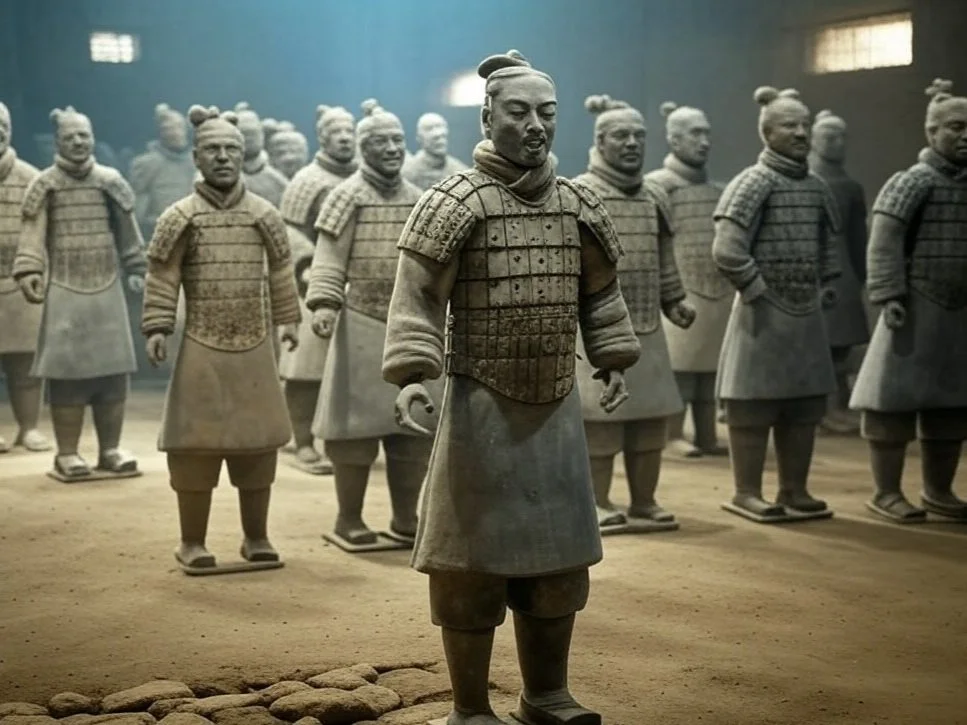Discovery of the Terracotta Army
The Terracotta Army was discovered in 1974 by a group of farmers digging a well in Xi'an, Shaanxi Province, China. This accidental find led to one of the most significant archaeological discoveries of the 20th century. Excavations revealed thousands of life-sized clay soldiers, horses, and chariots, buried in vast underground pits. These figures were part of the mausoleum complex of Qin Shi Huang, the first emperor of a unified China. The purpose of the Terracotta Army was to serve as an eternal guard for the emperor in the afterlife.
Historical Context: The Reign of Qin Shi Huang
Qin Shi Huang, who ruled from 221 to 210 BCE, was the first ruler to unify China after centuries of warring states. His reign marked the beginning of the Qin Dynasty, a period of significant political and administrative reforms. He centralized power, standardized weights, measures, and scripts, and initiated vast construction projects, including the first version of the Great Wall of China. However, his rule was also characterized by harsh legalist policies and authoritarian control.
The construction of his elaborate mausoleum began shortly after he ascended the throne and continued until his death. The project required a massive workforce, with estimates suggesting that around 700,000 laborers were involved in the creation of the tomb and its associated structures.
Insights into Ancient Chinese Society and Military Organization
The Terracotta Army provides invaluable insights into the military structure and artistic achievements of ancient China. Each soldier is unique, with distinct facial features, hairstyles, and armor, reflecting the diversity of the imperial army. The figures are arranged in precise battle formations, indicating a highly organized military hierarchy. The presence of archers, infantry, cavalry, and chariots mirrors the actual army divisions of the Qin Dynasty.
Additionally, the sheer scale of the project demonstrates the emperor's absolute power and the extensive resources available to him. The level of craftsmanship suggests advanced artistic and sculptural techniques, emphasizing the importance of funerary art in Chinese culture.
Conclusion
The discovery of the Terracotta Army has significantly deepened our understanding of ancient China during the reign of Qin Shi Huang. It showcases the military prowess, political ambition, and cultural sophistication of the Qin Dynasty. Today, the site remains one of China's most visited and treasured historical landmarks, offering a glimpse into the grandeur and complexity of the ancient world.







